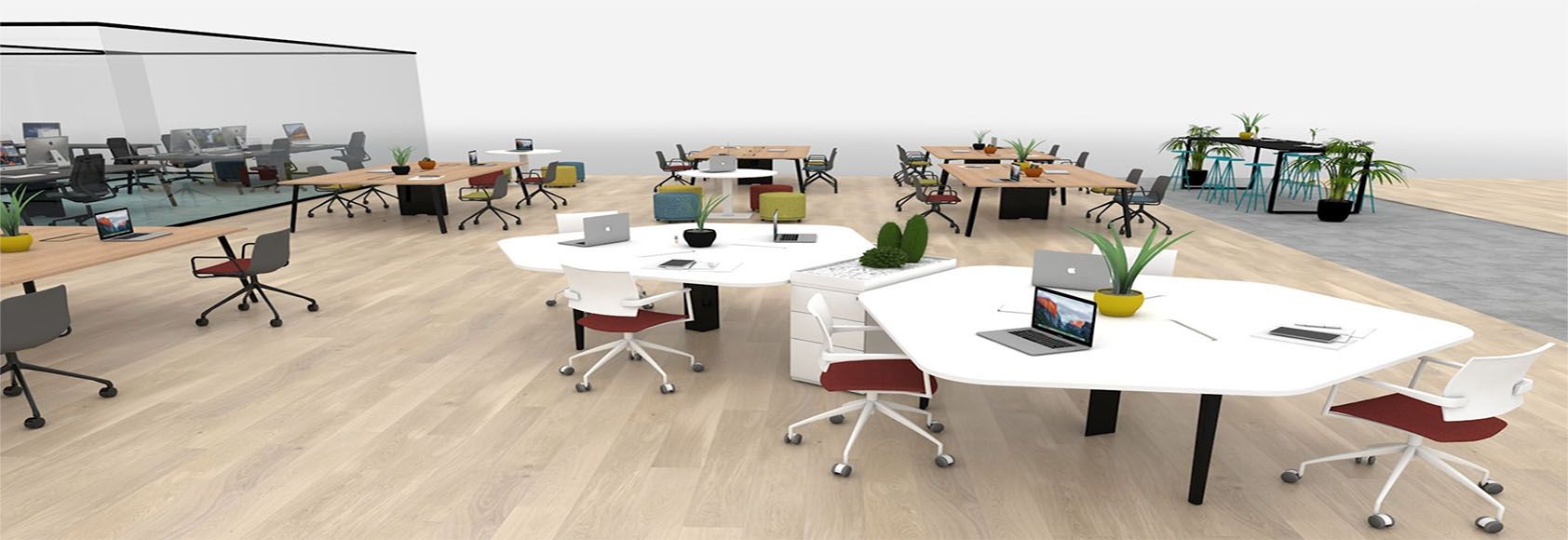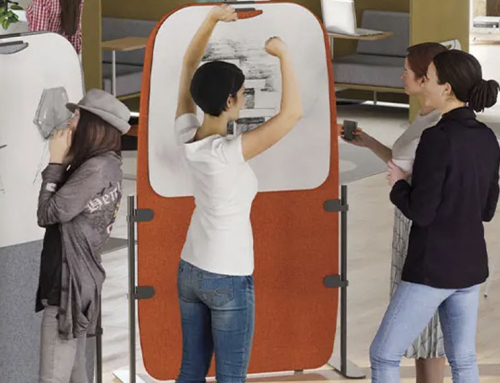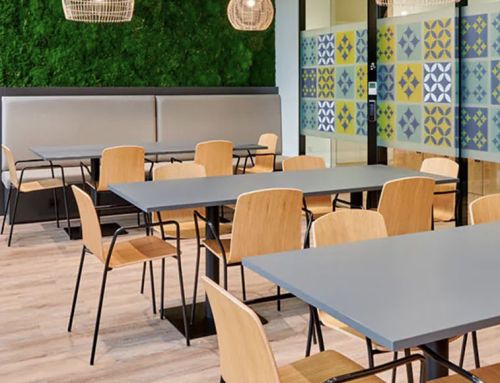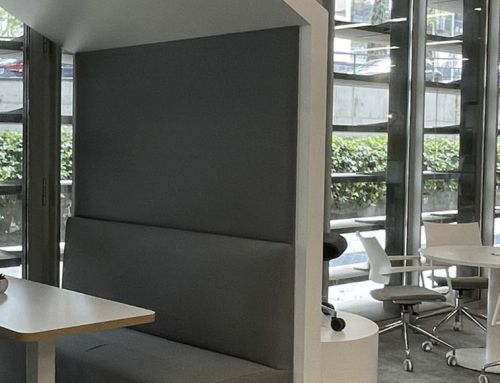Flexible office is all the rage. The pandemic has driven the change towards a culture of greater work flexibility, in which the employee can work when and where they want, which forces us to rethink the meaning of workspaces.
A report that Microsoft has just presented gives us the opportunity to talk in this post about labor flexibility and flexible offices. The report ‘The Next Big Disruption Is Hybrid Work: Are We Ready?’ , highlights seven trends in hybrid work. The first is that “flexible work is here to stay.”
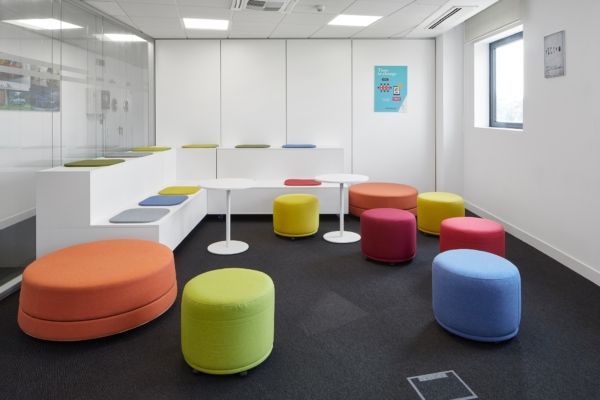
The flexible office, a growing trend in the new reality
The results of the Microsoft study indicate that this last year there has been a profound change in the very nature of work environments. For example, the time spent in meetings has doubled around the world. It also highlights that work has been humanized. Almost 40% of those surveyed indicate that they are more comfortable “being themselves” at work than before the pandemic, and one in six has cried with a colleague this year.
Research also shows that we are on the verge of disruption in the workplace: 73% of workers surveyed want flexible remote work options to continue.
In addition to exposing the issues at stake for the future of work, the Employment Trends Index identifies strategies for business leaders to begin making the necessary changes, including investing in space and technology to bridge the physical and digital worlds.
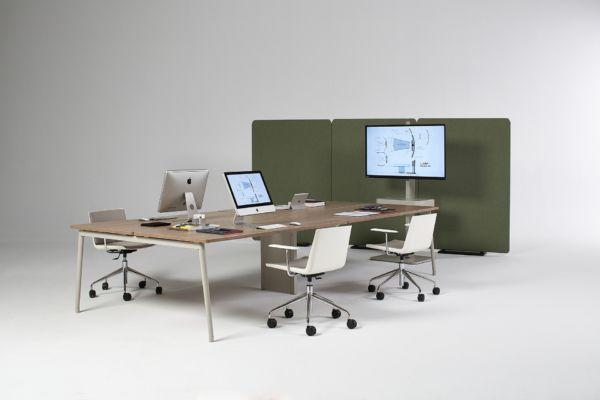
What are flexible offices?
Flexible working has led to a change in the traditional office concept. It will no longer be necessary for companies to have an office in which to house all their employees at the same time and throughout the working day. Workspaces are adapting to offer companies a flexible office.
Companies are considering which people do or do not need to have a defined physical position and are moving towards flexible systems in which employees have access to spaces not assigned to anyone in particular.
The objective of flexible offices is to offer the possibility for each employee to choose the space that is most comfortable and efficient for them to carry out their activity. These spaces are characterized by being motivating and have mobile technology to facilitate the mobility of employees, so that they can carry out work or take it anywhere.
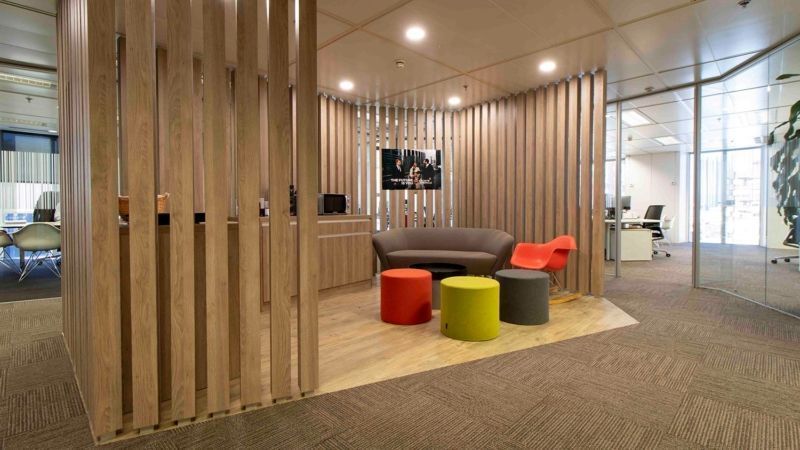
What are the advantages of a flexible office?
In flexible offices, the space adapts to the work dynamics of the company and its staff. Therefore, flexible offices favor the culture, organization and structure of each company.
In a world in permanent change, a flexible office accompanies the company in its transformation processes, continually adapting to its new needs.
Company and staff benefit from this model. In general terms, flexible offices are innovative spaces that seek to promote the creation of a good work environment. The employee is motivated to work in such an office.
Flexible offices give each person the freedom to choose their work area so that this space is comfortable and pleasant for them to fulfill their functions, maximizing their level of productivity.
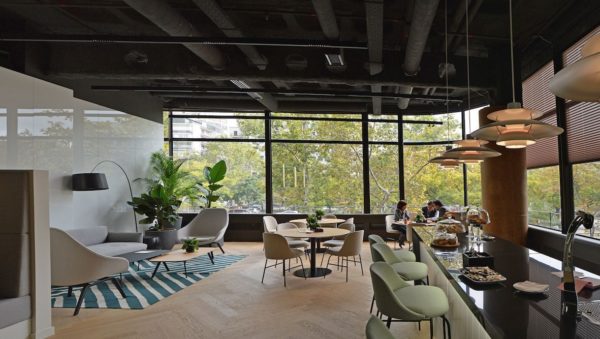
In terms of design, the dominant trend for flexible offices is an obvious imitation of the comfort and hospitality of a home, with informal spaces for workers to interact and create a better climate.
In short, flexible offices allow considerable space savings, provide companies with greater flexibility and speed of adaptation and support the mobility of workers and their new ways of working.
